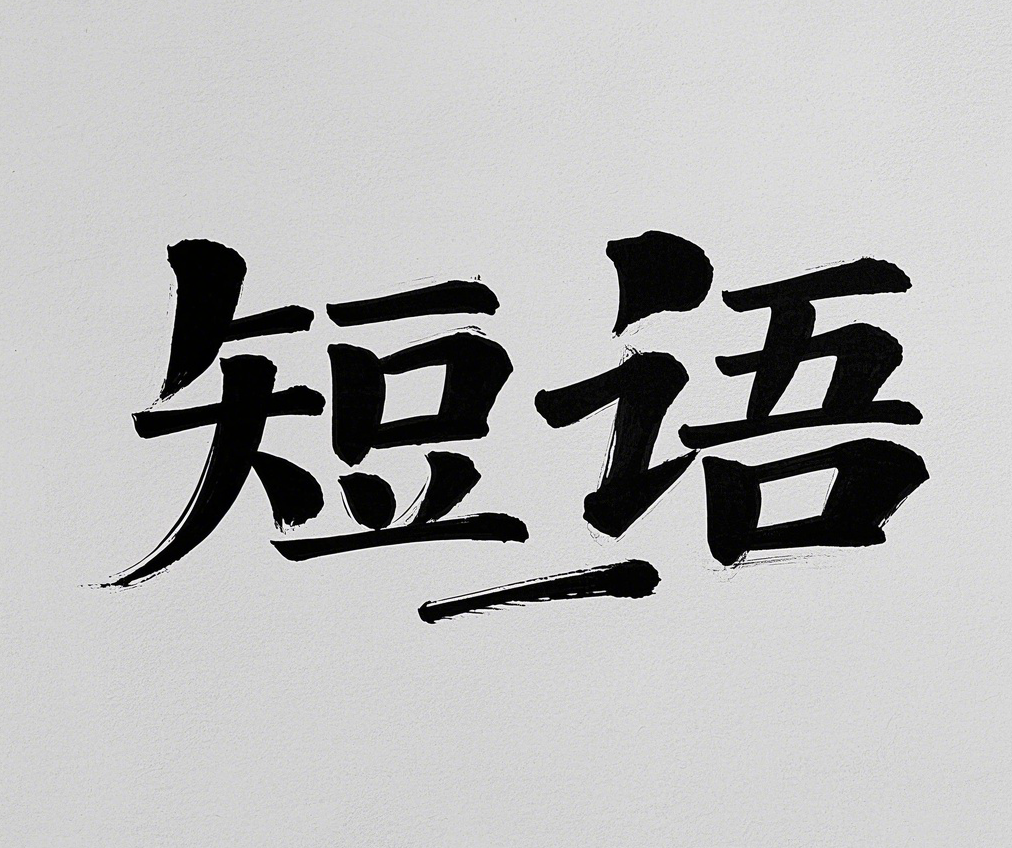introduction of norms and standards
简明释义
实行定额和标准
英英释义
例句
1.The government announced the introduction of norms and standards for environmental protection.
政府宣布了环境保护规范和标准的引入。
2.Following the introduction of norms and standards, the organization saw a significant decrease in errors.
在规范和标准的引入后,该组织的错误显著减少。
3.With the introduction of norms and standards, companies can ensure quality control in their products.
通过规范和标准的引入,公司可以确保其产品的质量控制。
4.The introduction of norms and standards in the construction industry has greatly improved safety measures.
在建筑行业中,规范和标准的引入大大提高了安全措施。
5.The introduction of norms and standards in education helps maintain a consistent curriculum across schools.
在教育领域,规范和标准的引入有助于保持学校之间课程的一致性。
作文
The modern world is characterized by rapid advancements in technology, globalization, and an ever-increasing demand for quality in products and services. In this context, the introduction of norms and standards plays a crucial role in ensuring that these demands are met consistently across various industries. Norms and standards serve as benchmarks that guide organizations in their operations, helping them to achieve excellence and maintain competitiveness. Firstly, the introduction of norms and standards fosters quality assurance. By establishing clear criteria for production and service delivery, businesses can ensure that their offerings meet the required specifications. This is particularly important in sectors such as manufacturing, healthcare, and food safety, where the consequences of substandard products can be dire. For instance, the implementation of ISO standards in manufacturing processes has led to significant improvements in product quality and safety, thereby enhancing consumer trust.Moreover, the introduction of norms and standards facilitates international trade. In a globalized economy, products and services must often meet the regulatory requirements of multiple countries. Harmonizing standards allows for smoother cross-border transactions, as businesses can be assured that their products will comply with the necessary regulations. This not only opens up new markets for companies but also promotes fair competition, as all players are held to the same standards.In addition to quality assurance and trade facilitation, the introduction of norms and standards encourages innovation. When organizations adhere to established standards, they are often motivated to improve their processes and products to gain a competitive edge. This drive for improvement can lead to technological advancements and the development of new solutions that benefit not only the organizations themselves but also society at large. For example, in the field of information technology, the establishment of cybersecurity standards has prompted companies to innovate and enhance their security measures, ultimately protecting consumers from potential threats.Furthermore, the introduction of norms and standards plays a vital role in environmental sustainability. As awareness of environmental issues grows, many industries are adopting standards that promote sustainable practices. These may include guidelines for reducing waste, conserving energy, and utilizing renewable resources. By adhering to these norms, companies can minimize their ecological footprint while also appealing to environmentally conscious consumers. This alignment with sustainability not only benefits the planet but also enhances the reputation of businesses in the eyes of their stakeholders.However, it is essential to recognize that the introduction of norms and standards is not without its challenges. Organizations may face difficulties in implementing these standards due to resource constraints, resistance to change, or lack of awareness. Therefore, it is crucial for governments and industry bodies to provide support and guidance in the adoption of norms and standards. Training programs, financial incentives, and collaborative initiatives can help ease the transition and ensure that organizations reap the benefits of standardization.In conclusion, the introduction of norms and standards is a fundamental aspect of modern business practices. By promoting quality assurance, facilitating international trade, encouraging innovation, and supporting environmental sustainability, these standards contribute significantly to the advancement of industries and the overall well-being of society. As we move forward, it is imperative that we continue to prioritize the development and implementation of effective norms and standards to navigate the complexities of an increasingly interconnected world.
现代世界的特点是技术的快速进步、全球化以及对产品和服务质量日益增长的需求。在这种背景下,规范和标准的引入在确保这些需求在各个行业中得到一致满足方面发挥着至关重要的作用。规范和标准作为基准,指导组织的运营,帮助他们实现卓越并保持竞争力。首先,规范和标准的引入促进了质量保证。通过建立明确的生产和服务交付标准,企业可以确保其产品符合所需规格。这在制造、医疗保健和食品安全等行业尤为重要,因为不合格产品的后果可能是严重的。例如,ISO标准在制造过程中的实施显著提高了产品质量和安全性,从而增强了消费者的信任。此外,规范和标准的引入促进了国际贸易。在全球化经济中,产品和服务通常必须满足多个国家的监管要求。标准的统一使跨境交易更加顺畅,因为企业可以确保其产品符合必要的法规。这不仅为公司打开了新市场,还促进了公平竞争,因为所有参与者都遵循相同的标准。除了质量保证和贸易便利外,规范和标准的引入还鼓励创新。当组织遵循既定标准时,他们往往会受到激励,改善其流程和产品以获得竞争优势。这种改进的驱动力可以导致技术进步和新解决方案的发展,这不仅惠及组织本身,也惠及整个社会。例如,在信息技术领域,网络安全标准的建立促使公司创新并增强其安全措施,最终保护消费者免受潜在威胁。此外,规范和标准的引入在环境可持续性方面也发挥着至关重要的作用。随着人们对环境问题的关注不断增加,许多行业正在采用促进可持续实践的标准。这些标准可能包括减少废物、节约能源和利用可再生资源的指导方针。通过遵循这些规范,公司可以最小化其生态足迹,同时吸引环保意识强的消费者。这种与可持续性的对齐不仅有利于地球,还提升了企业在利益相关者眼中的声誉。然而,必须认识到,规范和标准的引入并非没有挑战。组织在实施这些标准时可能面临资源限制、抵制变革或缺乏意识等困难。因此,政府和行业机构必须提供支持和指导,以帮助采纳规范和标准。培训项目、财政激励和合作倡议可以帮助简化过渡,确保组织能够获得标准化的好处。总之,规范和标准的引入是现代商业实践的基本方面。通过促进质量保证、便利国际贸易、鼓励创新和支持环境可持续性,这些标准显著贡献于各行业的发展和社会的整体福祉。随着我们向前迈进,继续优先发展和实施有效的规范和标准,以应对日益复杂的互联世界,是至关重要的。
相关单词
